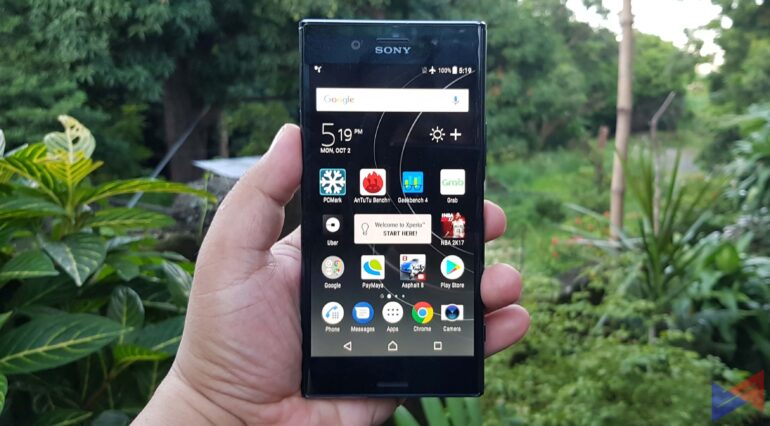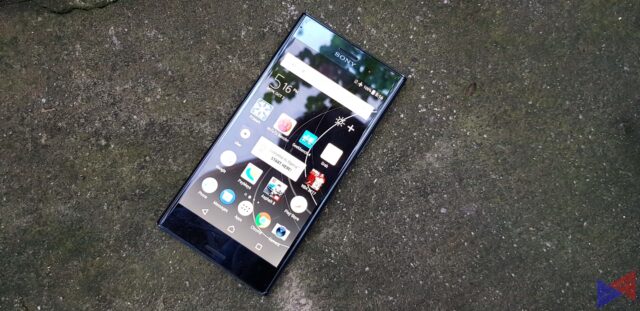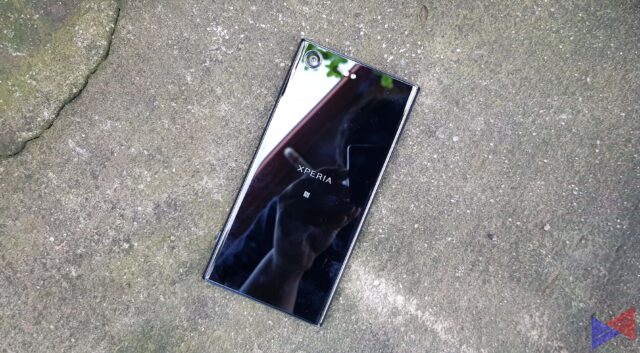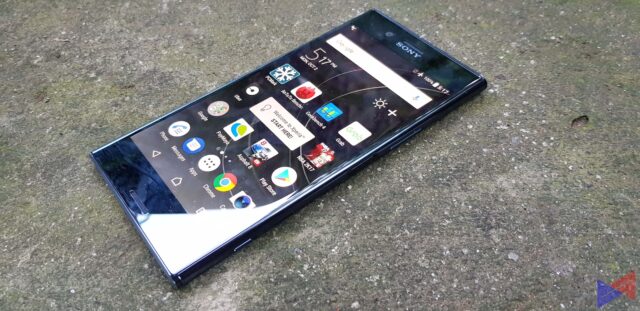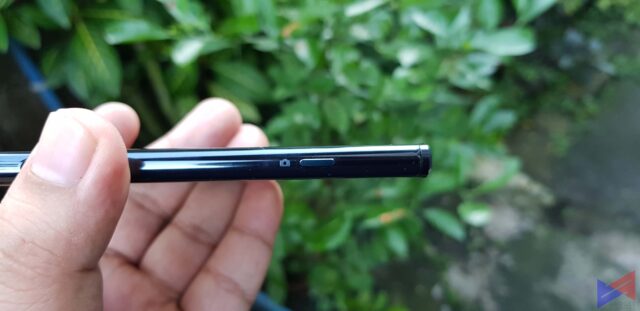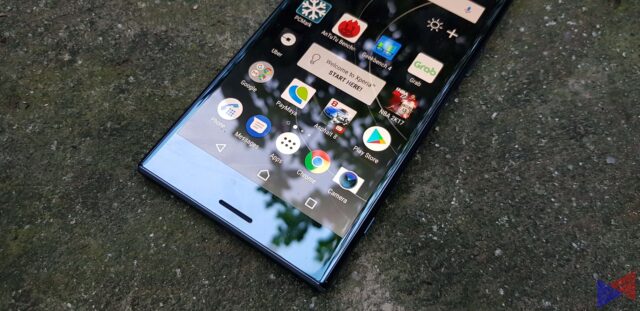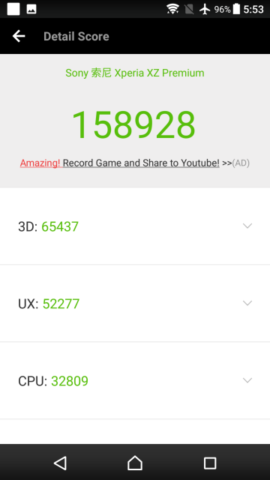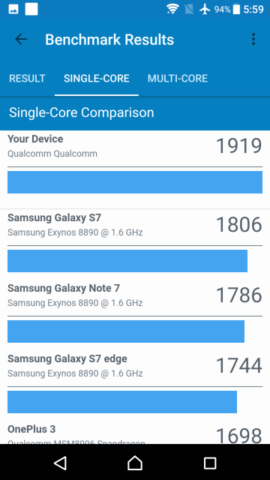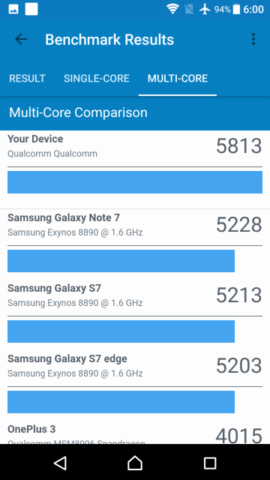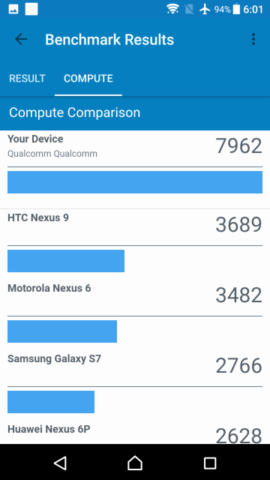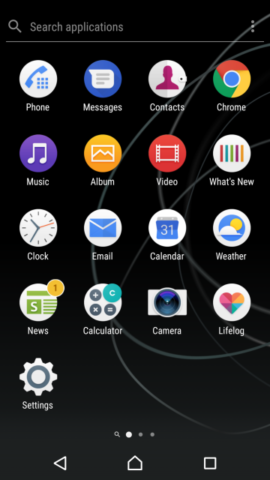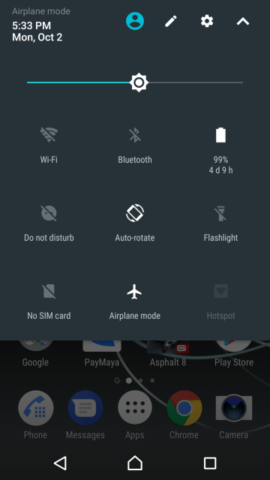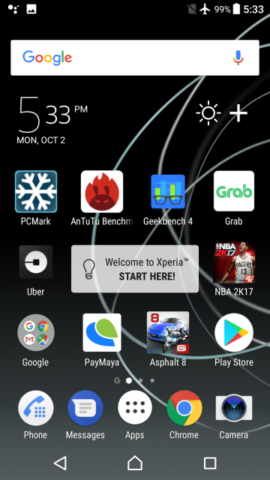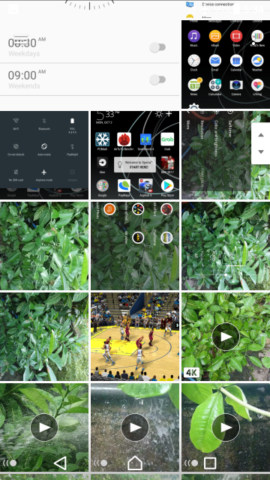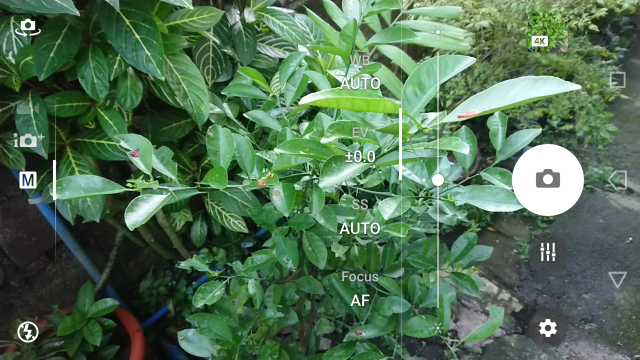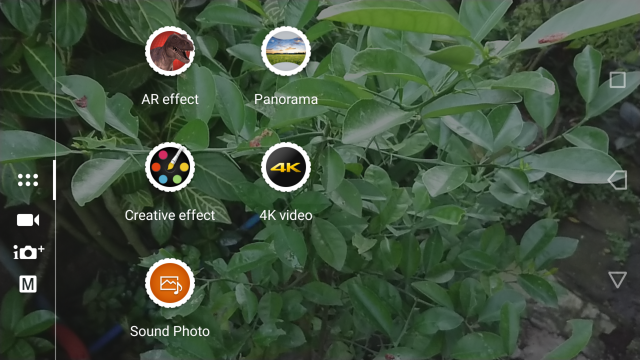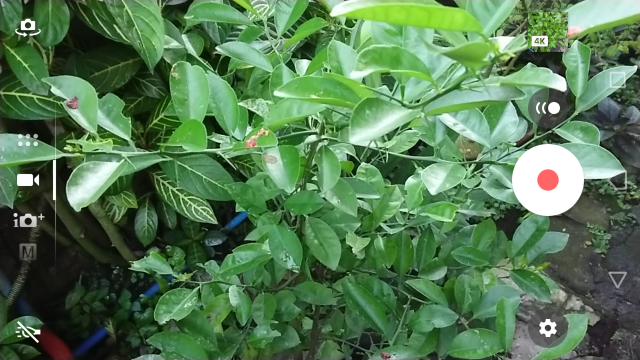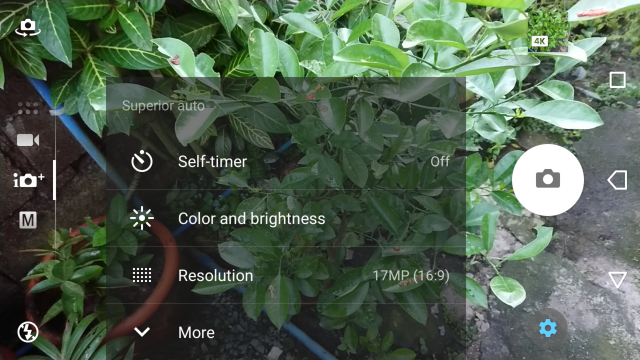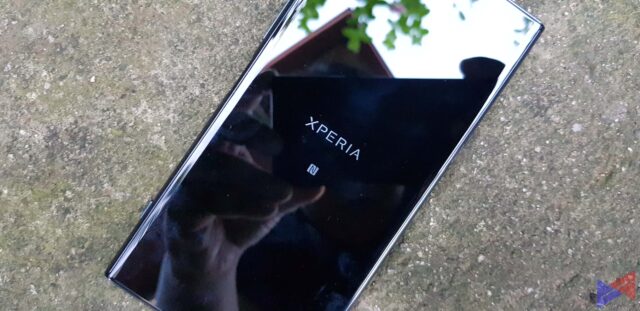The Sony Xperia XZ Premium is one of the Japanese tech giant’s entries into the high-end segment. It sports a stunning 4K display, a Snapdragon 835, and a camera that’s not only touted to offer great photos, but specializes in video recording as well.
I wanted to find out why this phone was dubbed as best new smartphone at this year’s Mobile World Congress in Berlin, so I took it for a spin with our own tests, and here’s what I think.
Sony Xperia XZ Premium Specs:
- Qualcomm Snapdragon 835 Octa-Core Processor
- 4GB of RAM, 64 GB of Internal Storage Expandable via MicroSD Card
- 5.5-inch 4K Triluminos Display with HDR, Gorilla Glass 5
- 19MP Motion Eye Rear Camera, 1/2.3″ Exmor RS, f/2.0, SteadyShot, Anti-Distortion shutter, Predictive Capture, 4K Video Recording, 720p at 960fps Slow Motion
- 13MP Front Camera, 1/3.06″ Exmor RS, f/2.4
- 1Gbps LTE
- USB Type-C
- Android 7.1 Nougat
- 3,230mAh Battery
- Quick Charge 3.0, Qnovo Adaptive Charging
- Fingerprint Sensor (Market Dependent)
- High Resolution Audio
- IP68 Waterproofing
Design and Build Quality
The first thing that we noticed with the XZ Premium isn’t exactly the screen, but rather, the amount of bezel on the top and bottom sections.
They’re ridiculously huge, and somehow ruins the look. Now, for the top, they probably had to squeeze in some components for the camera, so ok, that’s given. But the bottom feels like a plain waste of space, which could’ve given this phone a bigger screen, and do justice to that 4K resolution.
Apart from that, the phone looks absolutely gorgeous. The glass construction fits in very well with the minimalist approach that Sony takes in its phones. There’s a catch though: You’ll have to be careful when holding the phone, as it the glass surface is quite slippery. Of course, you can always use a case with it for better grip. It accidentally slipped our hands during our review period.
The right side of the device houses the volume rocker and power button, which also serves as a fingerprint sensor. The left side on the other hand, is where you’ll find the microSD card and SIM card slot. I’m worried that the cover might come loose over time, hopefully not.
One of the nice things about this phone is that it has something you’ll rarely find in other brands, a dedicated camera button.
Sony is known to be an expert in display technology, and the XZ Premium’s 5.5-inch 4K display is a dream come true for media consumption: Photos and videos look vibrant, clear, and lifelike. There’s a very subtle difference when you place it side by side with a 2K display, but hardly noticeable.
While having a display of this quality is great and all, the relatively small screen size isn’t exactly the best way to maximize it.
Performance
The XZ Premium handles daily tasks such as email, social media, music, videos, like a knife cutting through butter. The Snapdragon 835 showed it prowess as the phone was able to handle the resource intensive game NBA 2K17 at high setting without any issues.
Asphalt 8 also ran smoothly as silk with no hints of lag or stutters. The device did get a bit warm, but barely noticeable.
Camera



 The 19MP rear camera takes photos with an astonishing level of detail complimented with a good balance of sharpness, depth, and color. There are instances wherein the background becomes a bit too grainy for my taste, but the quality of focused areas, especially in macro shots is just amazing.
The 19MP rear camera takes photos with an astonishing level of detail complimented with a good balance of sharpness, depth, and color. There are instances wherein the background becomes a bit too grainy for my taste, but the quality of focused areas, especially in macro shots is just amazing.
Low light shots are also impressive, color accuracy and detail remain on point, while only showing minimal graininess.
There’s no hint of over-processing in selfies. Details are quite good, and color accuracy is also on point. Shots were less grainy compared to the rear cam.
Super Slow Motion recording was a really fun experience. What you do is take a video like you normally would, and you can then tap a dedicated button on-screen to trigger the slow motion effect.
You can make multiple slow motion shots in one videos, but you can’t make an entire video slow motion, which was what I thought it could do.
Software
Xperia UI, Sony’s take on Android is one that doesn’t veer too much away from stock, and has managed to stay relatively simple. Each icon, each menu is straightforward and easy to understand. It also doesn’t try to push features that you won’t need. You can personalize the device to an ample extent.
The Camera app gives you a few modes to play with. You have 4K recording, AR mode for placing dinosaurs on your table, and of course, Pro mode for tweaking individual elements of each shot that you take.
Overall, Xperia UI is well-optimized, and runs smoothly in most aspects. Sony is also one of the few OEMs that ensures frequent updates to their devices.
Battery
By playing a video on loop at 50% brightness and 80% volume, the Xperia XZ Premium managed to yield around 10 hours of up time in our test. That means it should last at least a whole day of light to moderate usage.
Verdict
In many ways, the Sony Xperia XZ Premium does deserve the title it got from MWC. It’s got great build quality, excellent performance, and a very capable camera that’s probably one of the better ones i’ve recently tested.
Xperia UI is clean, straightforward and is one of the simplest takes on Android, which works well by the way. Battery life is great as well.
On the flip side, the display does look great in 4K, but i feel like it’s kind of a waste given the phone’s screen size, it just wasn’t necessary. Speaking of, those big bezels could’ve been a few more millimeters worth of screen.
The Super Slow Motion video recording is a nice to have, but could’ve been better if you could perhaps take longer sections, or even take an entire video in slow motion.
If you could forego the design “mishap,” the Sony Xperia XZ Premium should be on your list if you’re looking for a smartphone on the high-end of the spectrum.
The Good
- Build Quality
- Gaming Performance
- Camera Performance
- Great Battery Life
- Vibrant Display
The Not So Good
- Top and bottom bezels are way too big
- Back panel is a smudge magnet and is quite slippery
- Slow motion feature can be improved
Emman has been writing technical and feature articles since 2010. Prior to this, he became one of the instructors at Asia Pacific College in 2008, and eventually landed a job as Business Analyst and Technical Writer at Integrated Open Source Solutions for almost 3 years.

